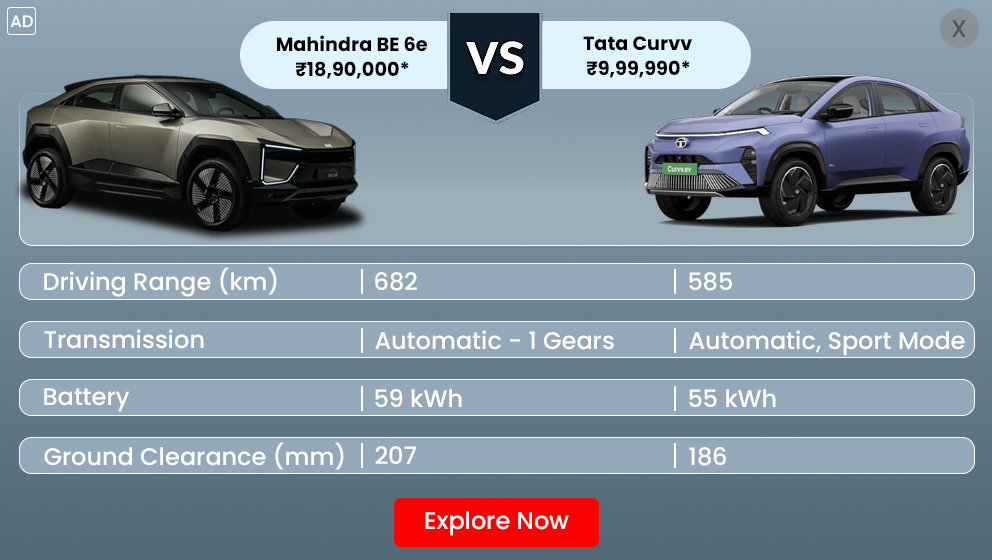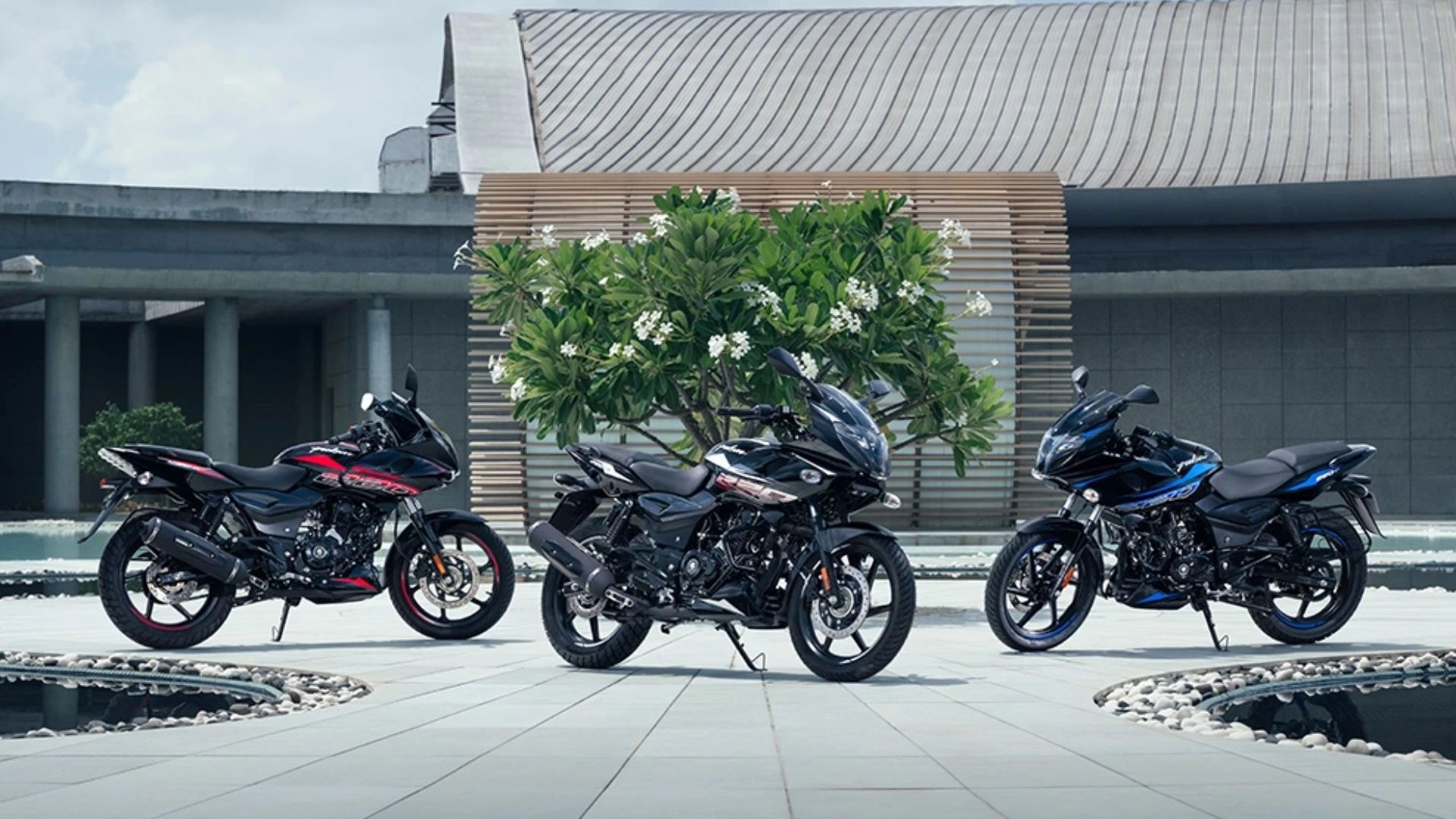Tata Motors is looking to start operations at the Gujarat manufacturing plant it acquired from Ford in the next 12 to 18 months to expand its production capacity, according to the head of the passenger car segment. Earlier this month, the automaker completed the acquisition of Ford India's Sanand manufacturing plant through a subsidiary. In August last year, the company announced that its Tata Passenger Electric Mobility Ltd (TPEML) division would acquire Ford India Pvt Ltd (FIPL) plant in Sanand, Gujarat for Rs 726 crore.
Tata Motors had previously noted that with its manufacturing capacity close to saturation, the acquisition is timely and beneficial to all stakeholders. The production capacity of the Sanand plant is 3 lakh units per year, which can be expanded to 4.2 lakh units per year.
TPEML is in the process of making the necessary investments to reconfigure the plant to accommodate the Mumbai-based automaker's current and future vehicle platforms. The unit is adjacent to Tata Motors' existing manufacturing facility in Sanand.
In an analyst call, Tata Motors Managing Director - Passenger Cars & Electric Vehicles Shailesh Chandra said the company also has the potential to offload capacity at its existing facilities in Pune and Sanand by an additional 10-15 percent.
He said in response to a question about the production capacity available to the company: "Our goal is to operate the Ford plant within 12 to 18 months."
Chandra noted that the company's production capacity is currently around 50,000 units per month.
Responding to a query about the company's willingness to move its product range to meet Stage II of the BSVI emissions standards, he said: "It's on track and before the deadline."
The stricter emissions standards will take effect from April 1 of this year. When asked about the business outlook, Chandra noted that after a long period of a supply-driven industry, the industry is now in a position where supply is pretty normal.

"Meets demand for all normal models, except for a few popular models that are still high on the waiting list. Public inquiry on retail timing for the industry has increased. This is an indication of the lack of urgency among customers as supplies improve.
Chandra said the company will have to take a close look at the demand situation after the implementation of BS VI Phase 2 emissions standards, and vehicle prices are expected to rise due to the implementation of the new regulatory mechanism.
"In terms of measures, we are ready to launch highly targeted demand generation initiatives in certain sectors, as well as hypermarkets," he said.
And on the margin side, the automaker is taking steps to lower the cost of structural materials and continues to push other levers to improve margin, Chandra said.
Commenting on the sales outlook, he said that with tight inventory and improving supplies, the fourth quarter should be strong in terms of wholesale compared to the third quarter.
On the company's projected model mix for 2030, Chandra said: "If we were to take a look at the end of this decade, the mix will be around 25-30 percent for CNG, 25-30 percent for electric vehicles and the rest will be either gasoline, but with a High Flex-Fuel mix because that's the direction things are going."
He said the share of diesel cars will drop significantly to less than 5 percent.
Also Read: Govt removes customs duty of 252% levied on cars imported for testing in India




_1675663977.webp)





